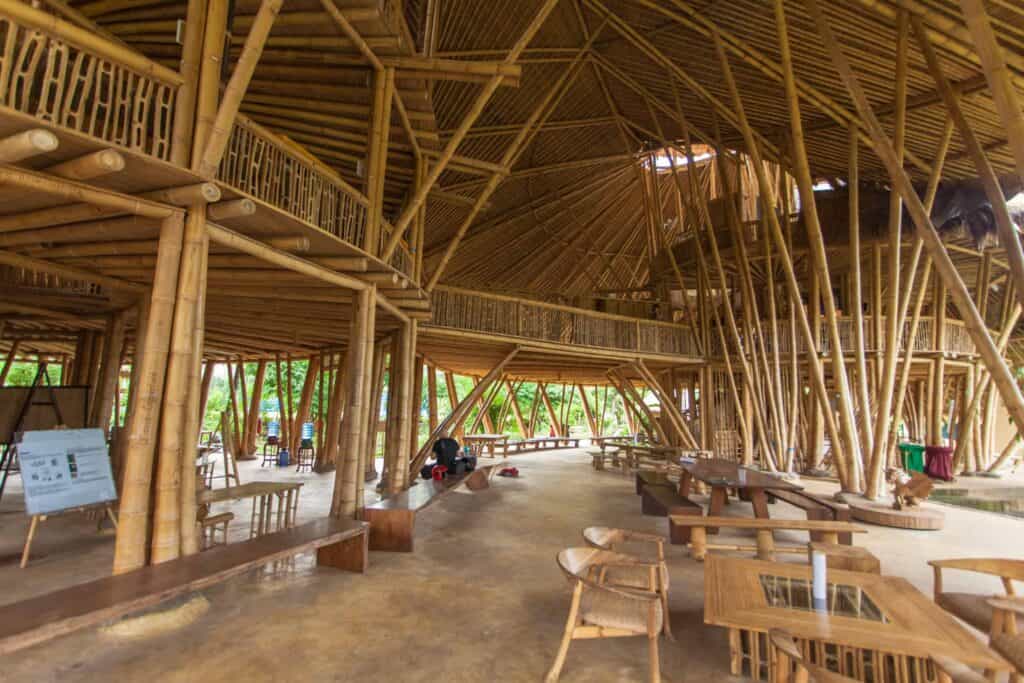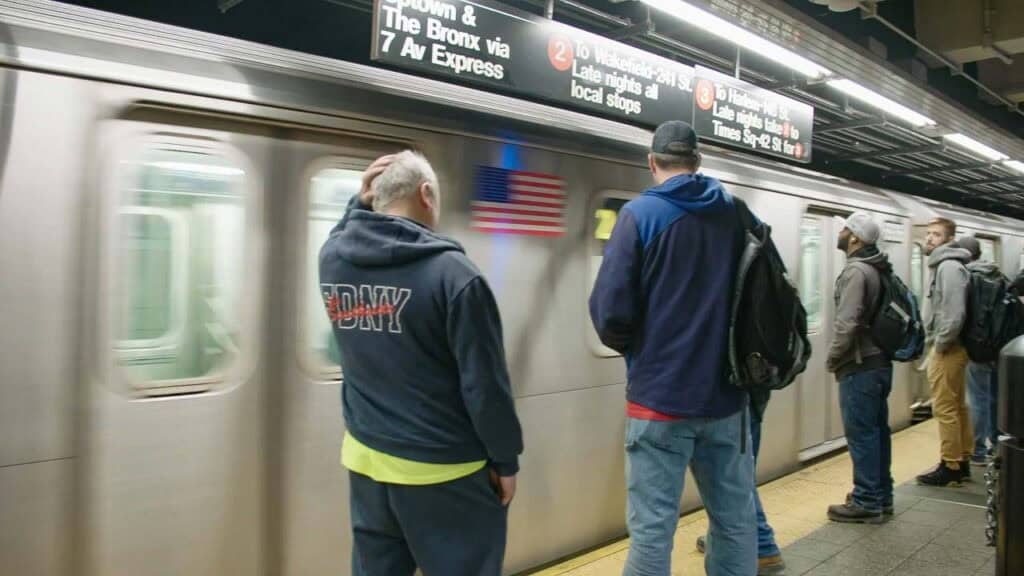In today’s rapidly changing world, the need for sustainability and environmental responsibility has never been more critical. What better place to build a better tomorrow than the institutions responsible for educating our future leaders? Schools have the power to inspire their students to be green ambassadors through many avenues. Thankfully, new research and technology have allowed schools to modify everything from their institution’s physical infrastructure and design to their methodology to accomplish groundbreaking sustainability efforts. These new and improved educational institutions are more than just places of modern learning; they are pioneering examples of eco-friendly, energy-efficient, and sustainable infrastructure.
Sustainable schools, also known as green schools or eco-schools, are unique because they take environmental consciousness to the next level by prioritizing ecological responsibility, resource efficiency, and a commitment to teaching students about the planet. So, what does a modern-day green school look like? Keep reading to find out!
Green School Bali
Nestled amidst the lush landscapes of Bali, Indonesia, the Green School Bali stands out as one of the trailblazers for sustainable education. It’s a revolutionary institution described as a “wall-less, nature-immersed campus” designed to foster sustainability and innovation through hands-on experiences and real-world solutions. Constructed almost entirely out of bamboo, this academic center considers itself a living laboratory where students are given the freedom to learn about the world through a nature-immersed experience, permaculture gardens, renewable energy sources, and an emphasis on environmental education. With additional locations already in South Africa, New Zealand, and soon Tulum, there’s no stopping these green schools from leaving their footprint on the world.
Manassas Park Elementary School
In Manassas Park, Virginia, the Manassas Park Elementary School has proved that even a traditional school building can be transformed into an energy-efficient marvel. The school underwent renovations to expand its campus and increase its energy efficiency in 2009. It even received a LEED (Leadership in Energy and Environmental Design) certification, demonstrating its dedication to sustainable construction and operation. Equipped with temperature and humidity sensors that alert the students and staff when it’s the optimal time to open the windows, energy-efficient lighting, solar panels, and rainwater harvesting systems, this school is designed to give all the students and staff the power to be as sustainable as possible in a building designed to make them feel connected to the natural environment.
The Green Free School in Copenhagen, Denmark
This nature-immersed school in Copenhagen, Denmark, prioritizes environmentally conscious education and has placed sustainable living at the forefront of its syllabus. Founded in 2014 by Danish filmmaker Phie Ambo and American translator Karen MacLean, this green institution runs on the principle that to inspire ecological stewardship, students must start by learning hands-on about the planet and how to exist with others in harmony. The school building itself may not be anything eye-catching, yet with a curriculum that teaches students everything from woodwork and craftsmanship to gardening and composting, these project-based learning methods are sure to bring forth a new generation of environmentally conscious, free thinkers eager to make a difference in the world.
Sustainable schools are more than just educational institutions; they are organizations committed to fostering greener, more sustainable outlooks. These schools are teaching the leaders of tomorrow not only about environmental responsibility but also how to solve real-world problems, design, build, and live in a way that helps instead of harms the planet. As we look to the future, it’s clear that sustainable schools can be extremely transformative for young learners and should inspire us all to make changes to improve our education systems to better serve our communities.
Even if a school’s infrastructure wasn’t originally designed with sustainability in mind, there are still numerous pathways to transform it into a green school. Sustainability is not solely dependent on the physical structure of a building but can be achieved through innovative technology and behavioral changes. Schools can significantly reduce their energy consumption and environmental impact by incorporating energy-efficient appliances such as LED lighting, smart thermostats, and solar panels. Furthermore, shifts in the students, staff, and faculty’s habits, such as practicing energy conservation, implementing recycling programs, and promoting sustainable transportation options, can make a substantial difference.
Regardless of a school’s initial design, these efforts empower institutions to embrace sustainability, reduce their carbon footprint, and instill important values of environmental responsibility in their school. It’s never too late to start! If you are interested in taking the first step towards making your school a green school, visit Watt Watchers for amazing energy-related lessons, activities, and more!





